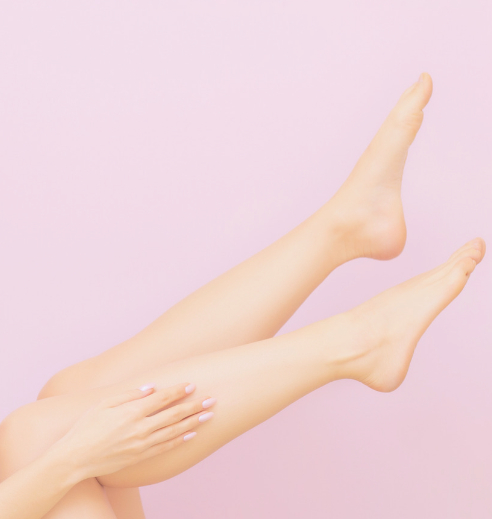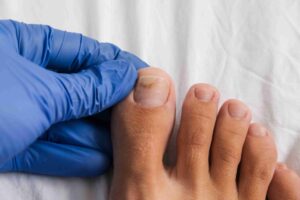What is Venous Eczema?
Venous Eczema happens when there is venous insufficiency or poor circulation in the lower legs. It is also called stasis dermatitis, venous stasis dermatitis and gravitational dermatitis. The skin can break down to form ulcers if left untreated.
Venous Eczema often can find in people with underlying venous insufficiency or poor circulation. You are most likely to have this type of eczema if you have high blood pressure or varicose veins. Also, it is possible to acquire this condition if you have had a deep vein thrombosis, cellulitis, or phlebitis in the past. Other contributing factors include being overweight, swelling and immobility.
Symptoms of Venous Eczema
Venous Eczema can affect the lower legs or feet on one or both sides. Moreover, early signs include orange-brown speckles of discoloration sometimes called cayenne pepper spots. These spots happen when pressure and swelling make capillaries (the smallest blood vessels) to rupture.
Other symptoms of venous eczema include:
- redness in lighter skin tones that may appear brown, purple, gray or ashen in darker skin tones
- dryness
- scaling
- itching
Treatment of Venous Eczema
Treatment includes identifying and treating its root cause as well as controlling its several symptoms. Podiatrists normally diagnose venous eczema by assessing the skin but may also run tests to check blood flow and to help in finding out the root causes of poor circulation.
Treatment can include:
- for itchy skin and red or darker-colored, doctor may recommend a topical corticosteroid to calm inflammation
- oral or topical antibiotic if skin is infected
- avoiding foods high in salt
- supplemental vitamin C and rutin, an antioxidant and plant pigment, helps in keeping blood vessels healthy and flexible
- compression stockings to reduce swelling
- elevating legs above the heart every two hours to lessen swelling
Are you suffering from this condition or other foot problems? One of our podiatrist can assist and then recommend what nonsurgical treatments are best to get you back on track. ✅
Schedule an appointment here or you may call us at +44 (0) 207 101 4000. 📞
We hope you have a feetastic day! 👣☀️
-The Chelsea Clinic and Team




